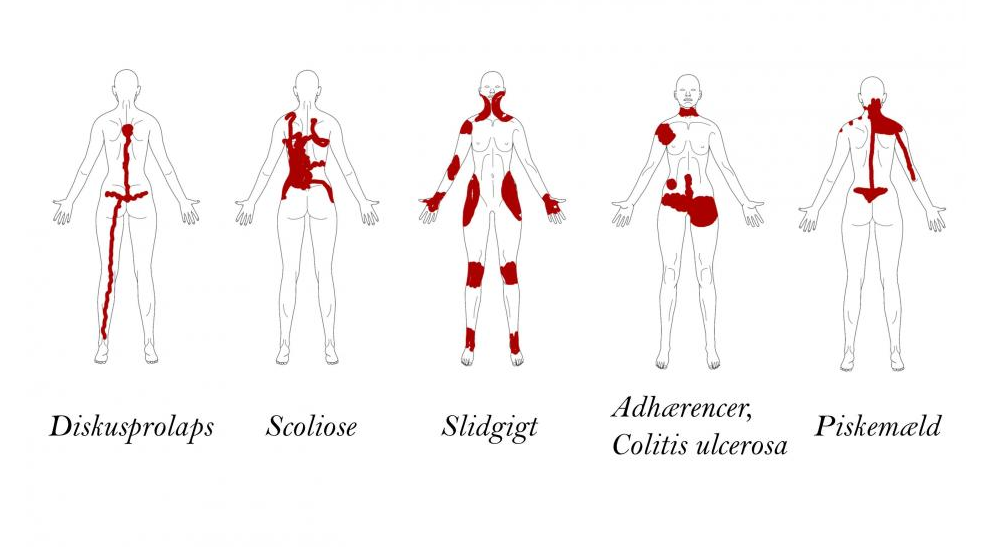Head of center Thomas Graven-Nielsen plays with people’s pain threshold on purpose
Shock, saltwater and chili pepper – three things that you wouldn’t normally imagine would be connected. Thomas Graven-Nielsen, professor and head of center for Neuroplasticity and Pain (CNAP), has changed this fact, seeing as all three elements are incorporated in his research in pain.
When working in his lab, the professor injects the drug capsaicin – the very strongest part of a chili pepper – in under the skin of people, and the saltwater is injected directly into the muscles to make the test subjects feel as if they’ve got muscle injury. The experiments are acknowledged worldwide, and Thomas Graven-Nielsen has become famous for developing methods for inflicting muscle damage on test subjects.
“It’s important to investigate pain, because today we basically don’t fully understand what happens when a person is in immediate pain, which then ends up in chronic pains. The problem is that about every fifth grownup gets chronic pain-problems in Europe and the world. One of the reasons to this is that we don’t understand the mechanisms behind such pains. Another is that humans have basically treated pain in the same way through many years – we have not reached a complete level of understanding of the pain system, which is why it’s a hard thing to treat today ,” said Thomas Graven-Nielsen in an interview with Videnskab.dk.
The researchers at CNAP also use a technique called EEG (Electroencephalography) which can be used to measure the electric brain activity before and after the test subjects have been afflicted with pain in the muscles. This way the researchers can measure how the pain affects the brain over time, and besides this the researchers also map how pain visually looks.

